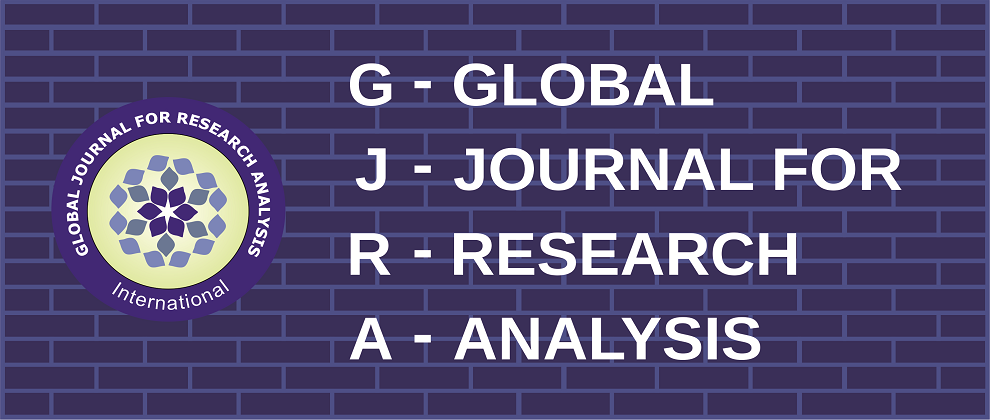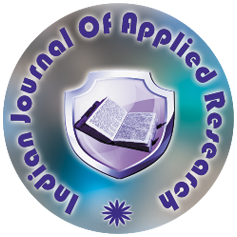Volume : 6, Issue : 6, June - 2017
Adhoc Facial artery perforator flaps in oral Submucosal Fibrosis Reconstruction
T. M. Balakrishnan, S. Maithreyi, J. Jaganmohan
Abstract :
<p> INTRODUCTION; Oral sub mucosal fiosis, also known as “idiopathic scleroderma of the mouth”, “juxta epithelial fiosis” or “sclerosing stomatitis” is a slow onset disease and is a chronic premalignant condition of the oral cavity. Among the various world populations, its incidence is highest in the Indian subcontinent where its incidence varies from 0.2% to 0.5% regionally [1]. It manifests as difficulty in opening the mouth leading to difficulty in chewing, swallowing, dysarthria, trismus leading to poor oral hygiene, burning sensation and decreased salivation. Treatment modalities include conservative approaches such as local steroidal and hyaluronidase injections, placental extract, along with physiotherapy and nutritional supplements. Surgical procedures include simple release of fiosis followed by skin grafting, buccal pad of fat as pedicled flap, tongue flaps, palatal flaps and radial forearm free flaps for reconstruction. Adhoc facial artery perforator based flaps circumvent most of the disadvantages of the above mentioned flaps so as to have as easy learning curve and maneuverability, adequacy of flap dimension, prevent the recurrence of the disease and aesthetically acceptable donor site scar along the nasolabial fold. AIM: Retrospective cohort study (with level II evidence) to evaluate the efficacy of adhoc facial artery perforator flaps in the surgical management of severe oral sub mucosal fiosis. MATERIALS AND METHODS: 12 patients with severe Grade III or Grade IVa oral sub mucosal fiosis (less than 20mm inter-incisor distance)[3] were chosen following the inclusion and exclusion criteria. Patient’s history was taken and preoperative examination was done. Pre-operative, intra-operative and post-operative photographs were taken and inter-incisor distance was measured. With naso-tracheal intubation, complete release of the fiotic bands in both buccal areas and an extensile approach coronoidectomy were performed bilaterally if needed to achieve the desired mouth opening. Adhoc facial artery perforator flap were marked and elevated to cover the defect in the buccal mucosa on both sides. The donor site was closed primarily. Post operatively oral hygiene was maintained; physiotherapy and jaw exercises were initiated and continued. RESULTS; Average mouth opening (inter incisor distance), preoperatively was 16.25 mm and post operatively was 36.4mm (immediate post op) and 36.25mm at one-year follow-up. Out of the 12 patients, one had seroma, one had hematoma and one had infection in the early post-operative period. There was no flap dehiscence or necrosis in any of the cases. Adhoc facial artery perforators’ constant presence was confirmed in all the cases. Secondary raw areas in all the cases were closed primarily in layers. The resultant scar was aesthetically acceptable and was along the nasolabial fold. None of them developed into hypertrophic scar or keloids. All of them also achieved no recurrence with good amelioration of symptoms like burning and decreased salivation CONCLUSION: Adhoc facial artery perforator flap is a versatile flap which provides an excellent method for the surgical reconstruction of the defect created by the release of oral sub mucosal fiotic bands, with a good and sustained (one year follow up) post-operative mouth opening with minimal donor site morbidity. The versatility of these flaps is attributed to their constant and reliable robust vascularity. </p>
Keywords :
Article:
Download PDF Journal DOI : 10.15373/2249555XCite This Article:
T.M.Balakrishnan, S.Maithreyi, J.Jaganmohan, Adhoc Facial artery perforator flaps in oral Submucosal Fibrosis Reconstruction, GLOBAL JOURNAL FOR RESEARCH ANALYSIS : VOLUME-6 | ISSUE‾6 | JUNE-2017


 MENU
MENU

 MENU
MENU

